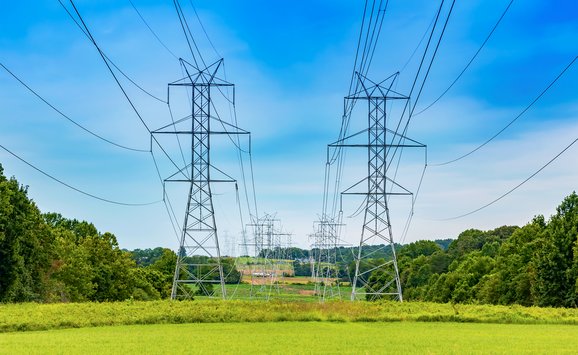President Trump’s executive order issued today promises to roll back much of the country’s efforts to cut greenhouse gas emissions and reduce the risk of catastrophic climate change. Specifically, it commits the Trump administration to rolling back President Obama’s Clean Power Plan (limiting emissions from fossil-fueled power plants) as well as a variety of other, smaller regulations. Combined with last week’s promise to roll back vehicle fuel economy standards, today’s moves are a profound shift in policy direction—away from addressing the risks of climate change. This should not come as a surprise. The president has called climate change a hoax fabricated by China, and promised during the campaign to hobble the US Environmental Protection Agency (EPA) while bringing back coal jobs.
There are good reasons not to overreact to today’s executive order. As I and many others have noted, US climate policy cannot be shifted by executive order alone. Most climate regulations, including EPA’s Clean Power Plan, cannot be withdrawn merely by executive order. A long rulemaking process followed by inevitable litigation will be necessary, just as it was to put the rule in place.
The executive order also does not signal an intent (yet) to take either of the two most drastic actions that reports have suggested were under consideration: withdrawal of the 2009 endangerment finding underpinning all of EPA’s climate regulations, and withdrawal from the Paris climate agreement.
Moreover, others have suggested that losing the Clean Power Plan won’t have a major effect on the trend of US emissions. The electric power industry is already reducing its emissions as it has shifted away from coal, largely for economic reasons. These trends are likely to continue. To be sure, they may not—and losing the Clean Power Plan may hasten closures of zero-carbon nuclear plants that will be hard to replace. But between the slow pace of regulatory change and the modest effect of the rules in place, it is possible that the effects of today’s executive order, measured in terms of the change in US emissions, will be small.
Despite these reassuring facts, I believe today’s actions are extremely important, for reasons that go far beyond the details of US energy policy.
Emissions trends alone are not the only way to measure the effect of policy change. The executive order signals a new direction for US environmental policy—and a substantial break from not only the Obama administration but from all past administrations. If President Trump succeeds in repealing the Clean Power Plan, it will be the first time an administration has rolled back significant environmental protections. Past presidents have disagreed, sometimes sharply, on environmental priorities, and on how—even whether—such environmental protections should grow. But until now they have all accepted the basic premises that a strong and successful America depends on environmental protection, and that policy decisions should be informed by science. (If you don’t believe me, read any speech by George W. Bush or, circa 2008, John McCain on climate).
Moreover, symbols matter. Whether or not the United States formally withdraws from the Paris Agreement, President Trump has today signaled that he does not intend to fulfill US commitments under it. If global efforts on climate do not collapse, it will be because other nations—most likely China—have taken leadership. The effects of such a shift will not be limited to the annual UN climate meetings. On any issue where international cooperation is needed, from trade to arms control, Chinese soft power and credibility will increase, and the United States will be marginalized and viewed as untrustworthy. Discarding American values and weakening American influence in this way comes even if today’s actions have little effect on the climate.
Finally, the limited short-term impact of the executive order is little comfort. President Trump almost surely will succeed in repealing or at least weakening the Clean Power Plan eventually—an executive order can’t do it, but the president ultimately controls the rulemaking agenda. And the Clean Power Plan was the start—not the end—of the emissions cuts the United States must make; any hope that President Trump would “pivot” and consider such further steps was dashed today. He may also block California and other states from taking action in the federal government’s stead, and ultimately may undermine the world’s efforts to prevent climate change.
If all that comes to pass, then I predict future generations will look back on today with particular scorn and shame. There have been many missed opportunities in the United States over the last few decades to take serious action to address the threat of climate change. A single executive order might therefore seem unremarkable. But today’s action is significant, I believe, even if its immediate impacts are small. It signals not delay, but retreat. Not political rhetoric, but a commitment to destructive action. Even considering America’s past failures to act, today’s move is a clear and public shift away from any serious climate policy that, I fear, will be easy to recognize from a degraded future. At stake are the global economy, entire ecosystems, and the lives of millions—most of them not yet living. Those future generations will judge the authors of today’s policy harshly.
America has a short list of truly shameful “days,”—among them the Dred Scott decision, the Trail of Tears, Japanese internment, and Abu Ghraib—most of them symbolic of a larger national moral failure. I hope I am wrong, but I fear that today will join that list.





